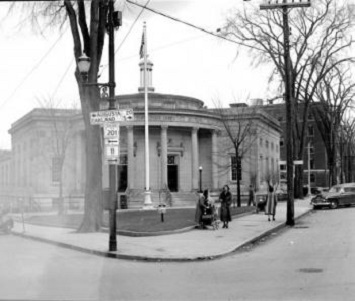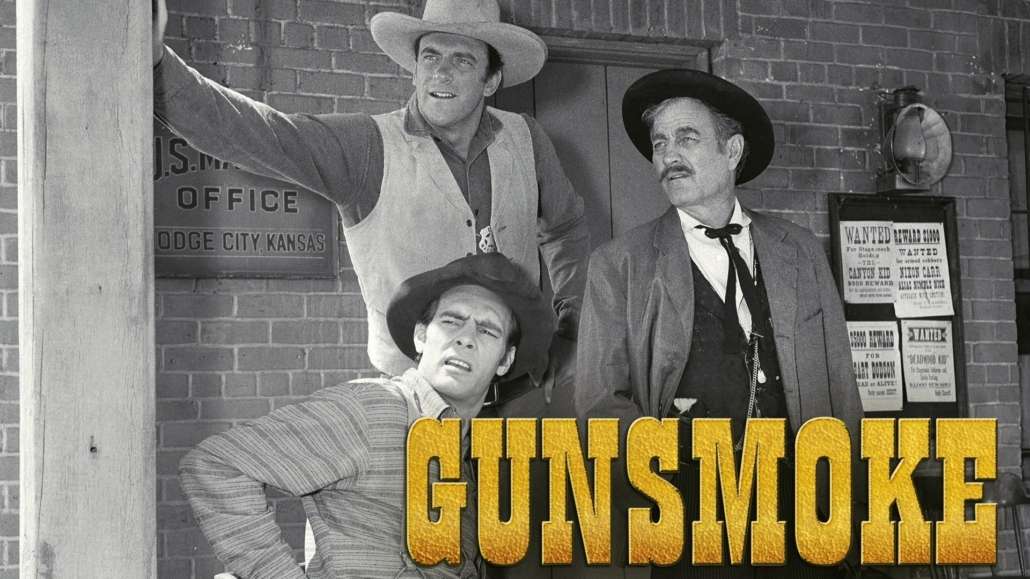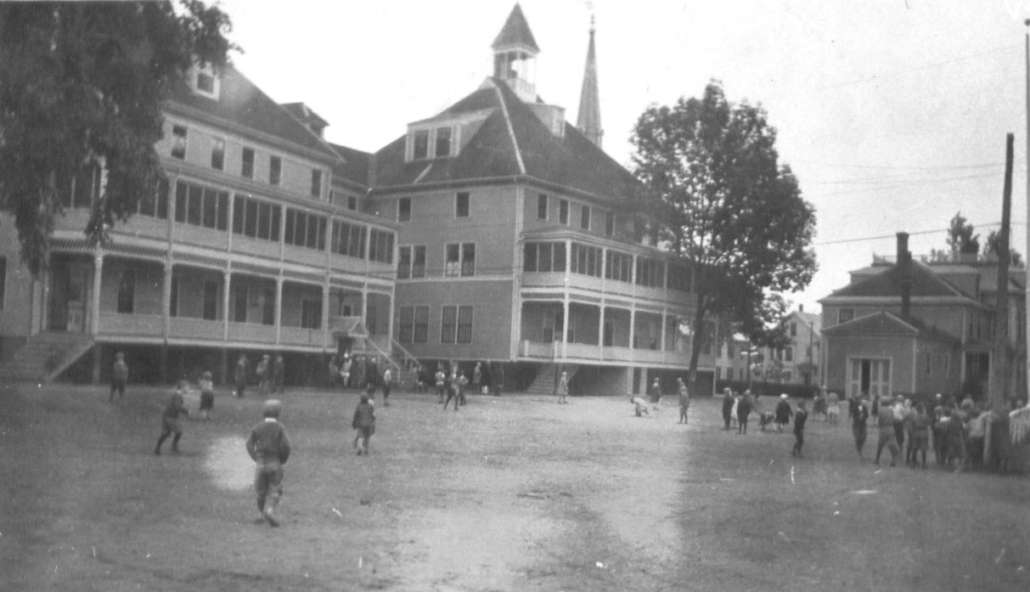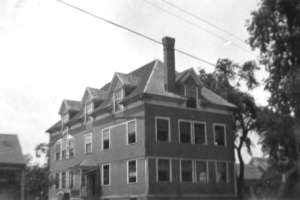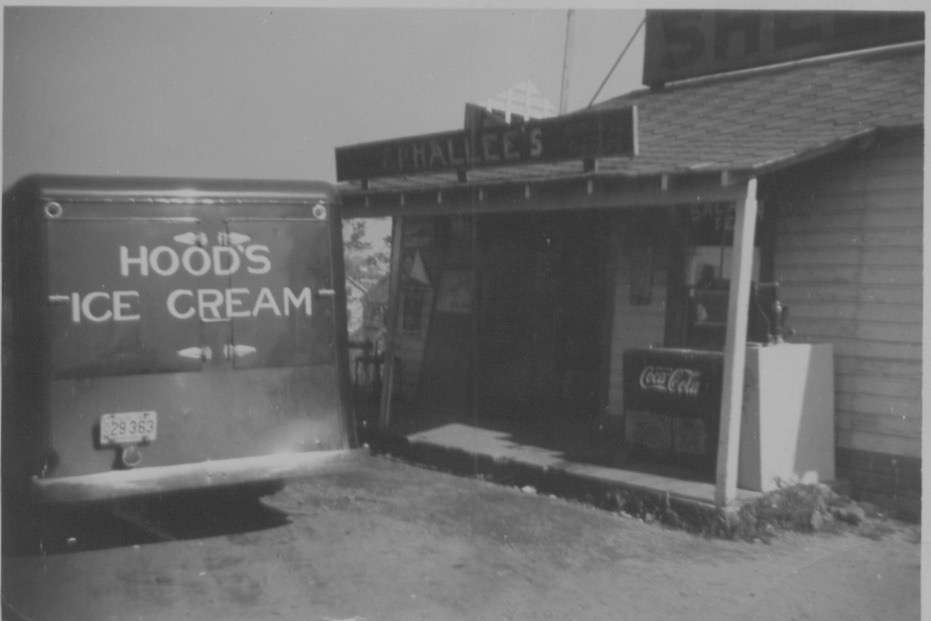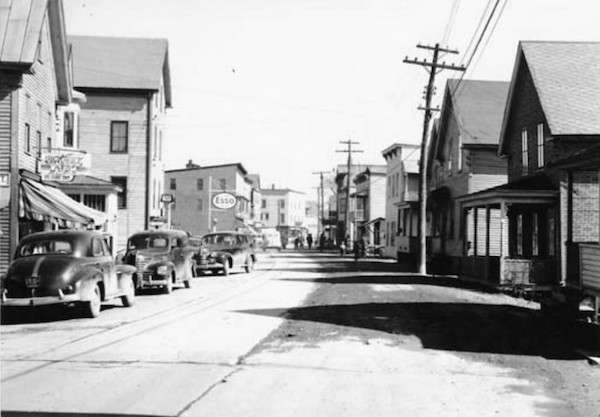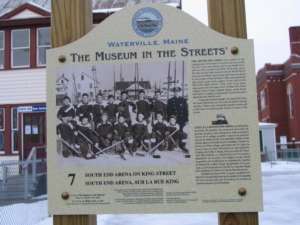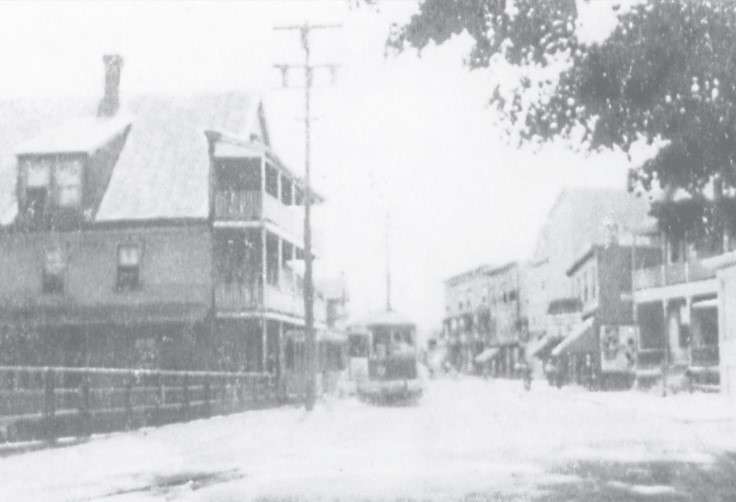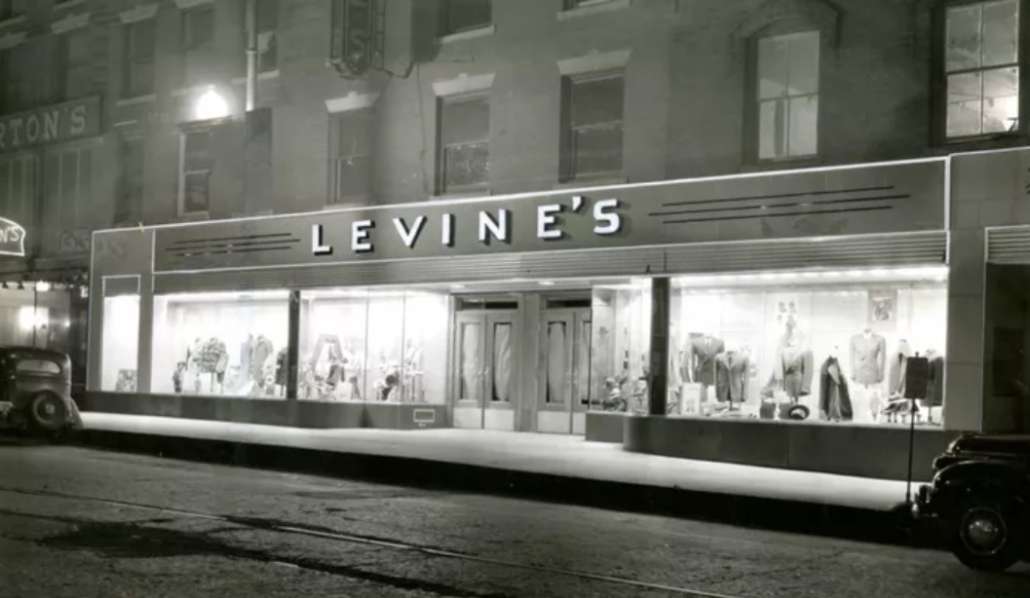LIFE ON THE PLAINS – Sundays were special: Especially when dad didn’t work
 by Roland D. Hallee
by Roland D. Hallee
Back in the ‘50s and ‘60s, life on the plains was relatively simple. During the winter, it was school, and during the summers, we pretty much discussed that a couple of weeks ago.
But Sunday’s were special.
Being from a French Catholic household, Sundays always began with the Sunday Mass at St. Francis de Sales Church. The whole family, six of us – father, mother, my three brothers and me. The Mass back then was celebrated in both French and Latin, and it would last well over an hour. Sometimes, my mother had her hands full keeping us focused. My dad wasn’t always with us because he sometimes worked the 7 a.m. – 3 p.m. shift at Hollingsworth & Whitney Paper Mill, in Winslow.
When my dad came with us, we would ride to church. When he didn’t, we would walk.
After church, we would head home and begin preparations for the Sunday dinner. That was always the major meal of the week. It would consist of chicken, ham, beef, or pork with all the potatoes and vegetables, and always…always something sweet to finish it off. Sunday dinner would usually last from noon to about 2 p.m., where everything was discussed from how school was going, how our sports teams were doing, world politics, and, of course, when dad was at Sunday dinner, we got our weekly lesson on how to run a papermaking machine, and the process of making paper. At one point, I was sure I could go to the mill and run that machine myself.
Occasionally, I would go next door – we lived in a duplex with our grandparents living next door. There I would find my grandfather sitting by the radio, listening to his favorite program, La Melodie Francais, hosted by Edgar Poulin, who lived on Water St., in a house located across the street from the present-day Forrest J. Paré VFW post. (By the way, Mr. Poulin was grandfather to The Town Line’s business manager and China resident, Claire Breton.) He would play old French music from Canada. My grandfather, who was a jokester with a great sense of humor, would call the show, La Maladie Francais, which translates to The French Sickness.
My grandfather was Canadian-born, but later became a naturalized U.S. citizen. He would sit in his big, stuffed chair, and do a jig with his feet, without getting out of the chair. It was a pleasure, and entertaining, to watch him do that.
Every once in a while, after church, if the weather was nice, we would take a Sunday drive out to the country. Now, back then, once you reached the end of Silver St., and crossed the bridge, you were in the country, heading up the Oakland Road, to Oakland, which is now called Kennedy Memorial Drive. There was Meader’s Horse Farm, on the left, where JFK Plaza is now, and nothing until you reached the Penny Hill Farm, which is now the doctors’ complex and Eye Care of Maine. We would sometimes stop for fresh vegetables. If you headed north up Main St., you would be in the country when you reached what is now Elm Plaza and all the other businesses located on both sides of the road. There was nothing but open fields.
Occasionally, my dad would somehow work up the courage, and after reading the morning paper, call out to the four of us and say, “How about if we go see a Red Sox game?” So, off we’d go, head to Boston on a Sunday morning, and return home that evening. You always had a feeling he would do that after he would read that the Sox were playing a doubleheader that day. Get two games for the price of one. On July 20, 1958, I actually saw Jim Bunning, of the Detroit Tigers, pitch a no-hitter. I also saw Ted Williams hit the 521st and last home run of his career on September 28, 1960, in his last major league at-bat.
Enough of that!
Sundays were always a family day back then, again, when my dad didn’t work the “day shift.” We would all dress up for church, and pretty much stay that way the rest of the day. Doing anything to ruin your “Sunday best” would put you in a deep bunch of trouble. My mother was meticulous, and she expected us to do the same.
It never seemed to rain on Sundays.


